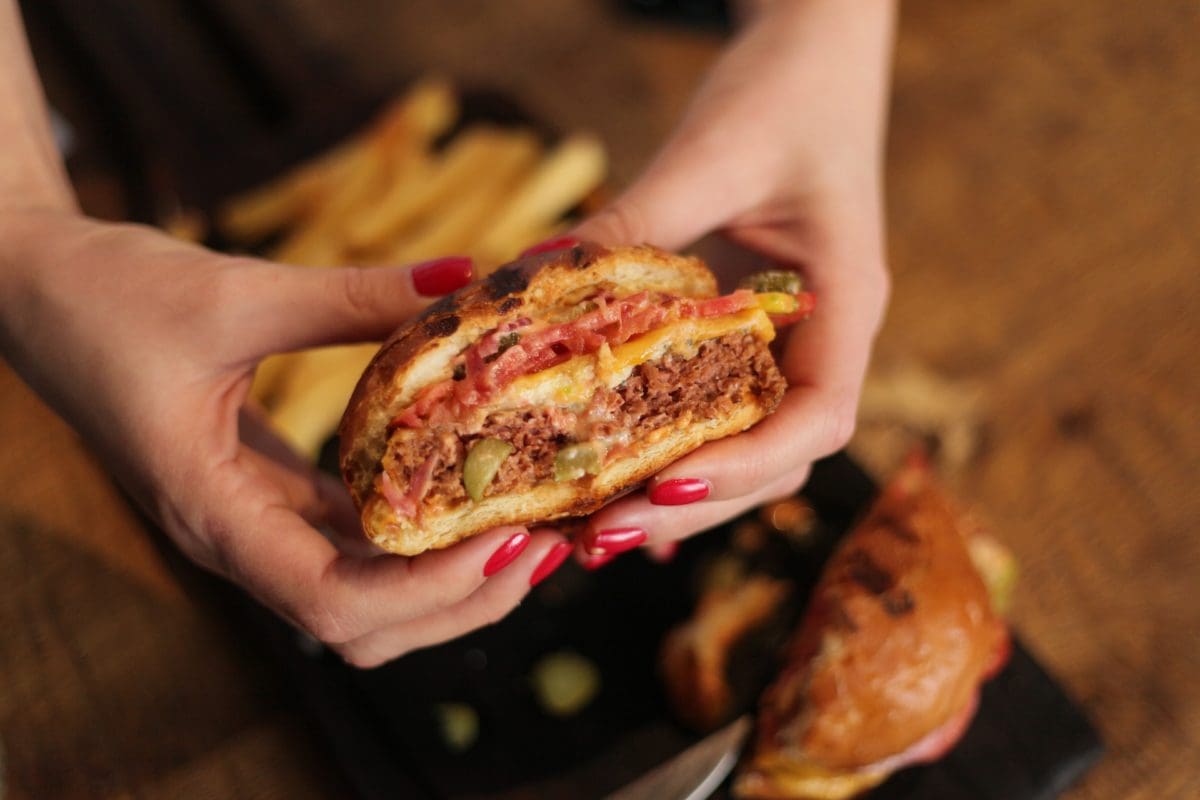Article originally published in the Georgia Straight.
The global livestock industry—already under attack for damaging the environment, causing mass animal suffering, and exacerbating climate change—now faces a calamity that should have us asking: isn’t there a better way to feed the world?
Fortunately, there is.
The spread of African swine fever has forced China to cull 200 million pigs, a loss of 30 percent of the country’s pork production—the equivalent of the entire annual pork supply of the European Union. The mass slaughter is expected to cause a protein shortage, rising meat prices, and investment losses.
The devastating impact of the worldwide spread of the virus perfectly illustrates one of the many economic risks inherent in the meat and livestock industry. Livestock-disease outbreaks are a constant threat—think of mad-cow disease, avian flu, or hoof-and-mouth disease—and they are economically damaging.
They are also costly to taxpayers. Federal and provincial governments paid $4.3 billion in compensation to Canada’s cattle industry for losses stemming from the 2003 BSE (bovine spongiform encephalopathy) outbreak. Governments around the world pick up the bill for the consequences of animal-disease outbreaks and for trying to prevent them. This year’s federal budget included $31 million for more sniffer dogs to detect African swine fever entering the country. (Although vegetables are also subject to contamination and disease, the causes are often traced to livestock.)
The risks of catastrophic disease outbreaks in the livestock sector are in addition to the environmental costs, public health risks, and animal-welfare concerns that come with industrialized animal agriculture. While animal advocates and environmentalists have raised these issues for decades, some in the investment community have woken up to the industry’s risks.
The FAIRR Initiative, a consortium of investors representing more than $12 trillion in assets, is drawing attention to the negative impacts of factory farming and, according to its website, “believes that intensive livestock production poses material risks to the global financial system and hinders sustainable development”.
FAIRR has highlighted the livestock sector’s role in issues such as climate change and the overuse of antibiotics, and it has urged food companies to diversify their protein-sourcing away from a reliance on animal proteins. It is perhaps not entirely coincidental that some companies are doing exactly that.
Maple Leaf Foods, Canada’s largest pork processer, recently announced plans to build the largest plant in North America for plant-based protein (sadly, in Indiana, not Canada). The company, which previously acquired two plant-based food businesses, is not alone in its interest in nonanimal proteins: major meat companies such as Cargill and Tyson Foods have also invested in meat alternatives.
At the retail level, chains such as A&W and White Spot have jumped on the plant-based bandwagon, and consumers have welcomed their new meat-free offerings.
Ultimately, the success of new plant-based foods will depend on consumer demand and their capacity to compete on price, taste, and convenience. But as the meat industry and its investors confront the disastrous consequences of yet another global animal-disease outbreak, perhaps more sustainable and less risky food products will have greater appeal.
As for China’s shortage of pork (a traditional staple of the national diet), there may already be a plant-based product ready to help fill the gap. A Hong Kong-based company called Right Treat produces a meatless pork alternative called Omnipork that is proving popular. Developed by food scientists based in Vancouver, Omnipork is made from peas, soy, shiitake mushrooms, and rice.
When contrasted with the need to slaughter millions of pigs, dispose of their carcasses, and guard against the next animal-disease outbreak, such products seem to offer a more benign alternative to what is, quite literally, a bloody mess.

